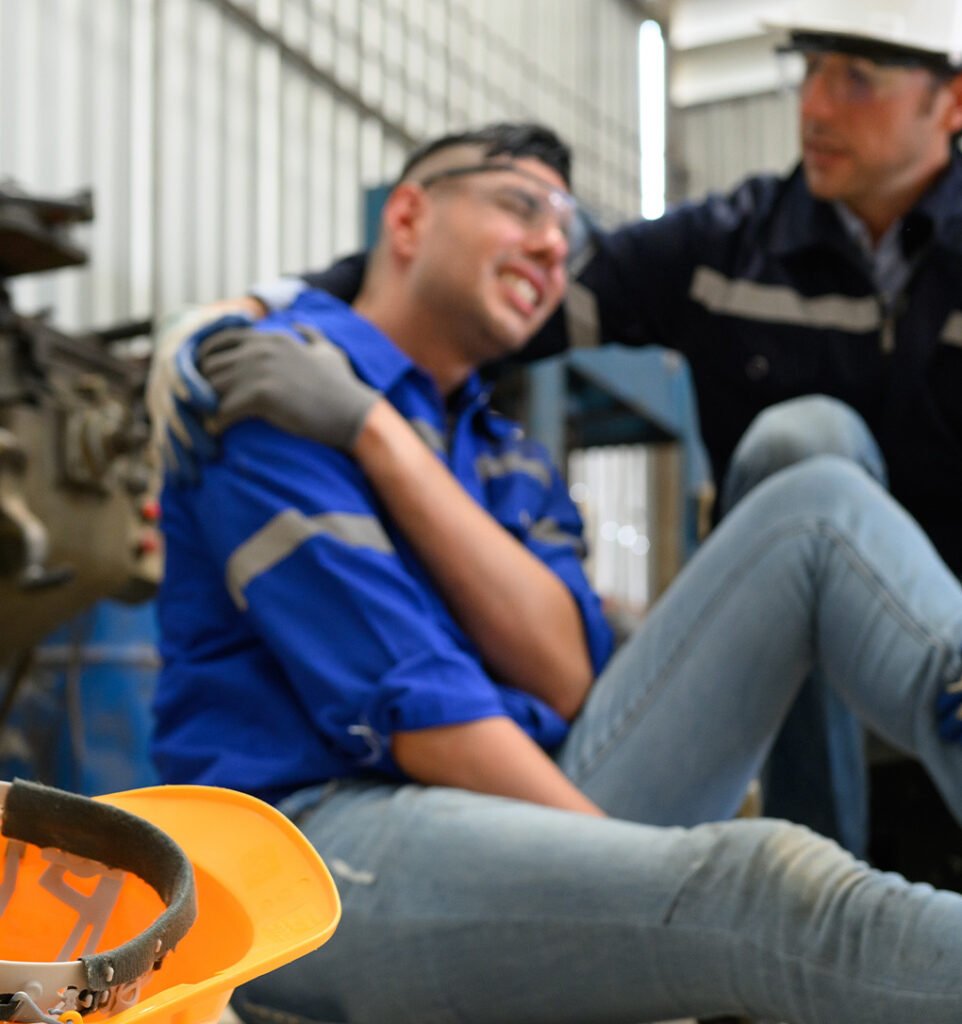Best Machine Malfunction Injury Lawyers In California
About 5,000 of these machine malfunction injuries are fatal. Many work-related injuries, including those significantly impacting the quality of life, are caused by faulty machinery. These injuries are sometimes the result of the negligence of:
- The manufacturer
- An employer
- A co-worker

Top Attorneys For Machine Malfunction Injury Claims
California’s Expert Machine Malfunction Injury Lawyers
Machinery that doesn’t work as intended can result in injuries that range from minor cuts and bruises to disfigurements and damage to limbs. Many industrial machines have powerful motors and rapidly moving parts. If a worker’s hand or arm gets trapped, amputation may be necessary if it’s not possible to surgically repair the limb.
Machinery that malfunctions and becomes unstable may result in crush injuries that can apply sudden and intense pressure on various parts of the body. The resulting damage may include serious issues with nerves, muscles, blood vessels, bones, and joints. Unsafe or defective machinery may also result in the following injuries:
- Entanglement
- Facial disfigurement
- Electrocution
- Falls from the machinery itself
About 12 percent of the injuries attributable to machine malfunctions that occur in the workplace occur in the manufacturing industry. This industry also accounts for the majority of fatalities resulting from machinery malfunctions. In a lesser degree, the agriculture, construction, waste material, and mining industries are also impacted by machine-related injuries and fatalities.
34,000+
Machine malfunction injuries occur yearly.
705+
Workers died as a result of machine malfunction in 2020.
Best Rated Machine Malfunction Injury Attorneys In California
Whether it’s industrial machinery or riding mowers, machines can malfunction for many different reasons. In some instances, it’s a lack of sufficient training that causes machinery not to work as expected. Other times, machines malfunction due to a lack of maintenance, poor electrical connections, a failure to replace worn parts, working a machine beyond its capacity, or improper storage or weather-related use. Malfunctions can also be caused if warning signs that a machine isn’t working right are ignored.
Most Trusted Machine Malfunction Injury Lawyers
Among the variables that will determine how to treat machine-related injuries are:
The extent of the damage.
The patient’s position at the time of the injury.
Their age and overall health.
Crush injuries require immobilization until the patient can be thoroughly evaluated. The treatment will also depend on the compression’s duration and force. The force of a crush can also compress large muscles and obstruct circulation (circulatory ischemia), necessitating surgery to repair damaged tissue. Other machine-related injuries may necessitate the resetting of broken bones, surgery to address internal problems, or attempts to save a completely or partially amputated limb.

Best Machine Malfunction Injury Law Firm
Machine malfunctions sometimes result in injuries that will require long-term care and rehabilitation. Such supervision may involve physical therapy or assistive devices such as canes, walkers, or wheelchairs. Some patients also experience chronic pain, mental impairment, or severe brain damage that permanently affects their quality of life.
Workers’ compensation aims to protect employers from lawsuits, which can limit legal options. However, a third-party liability claim may be a manufacturer’s machine malfunctions due to a manufacturer’s defect. Depending on the circumstances, an injured employee or their surviving family members may be eligible for additional compensation.
Free Consultation
To schedule your free and confidential case review call us at 888-597-4099 or fill out the form below.
Client Testimonials
The Oracle team was always available and guided me through the process. Most importantly, they got me an amazing settlement.
They will make sure you get the best medical treatment and compensation for your injuries. A+++
They were always responsive to my needs and questions. Best yet, they got me a great settlement! I totally recommend Oracle. Thank you again!
